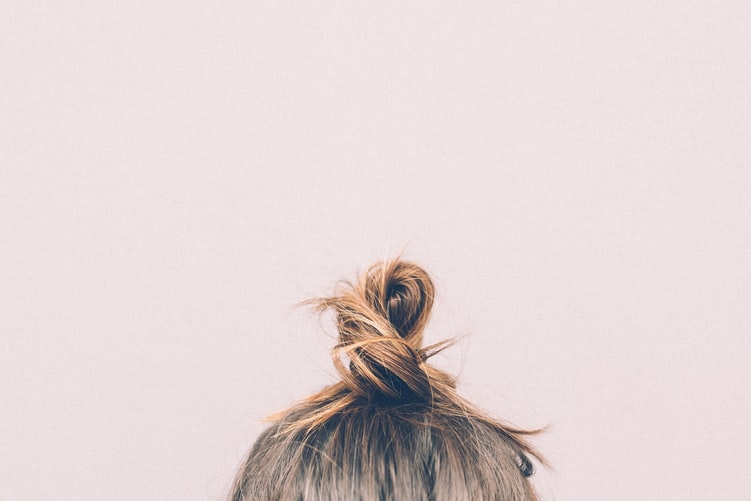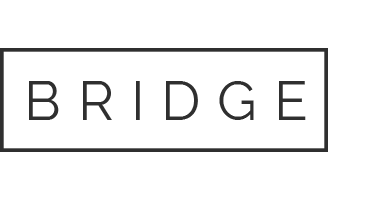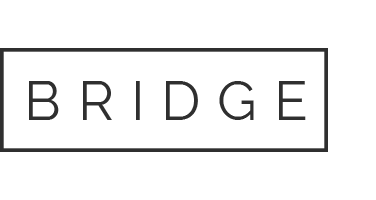
02 Mar How To Treat Damaged Hair: The Ultimate Care Routine
The dreaded day has come. You’ve gone weeks, months, even years bleaching, dyeing, blowing and curling your hair to perfection without issue, but it has finally happened: your hair is dry, frizzy, dull and brittle. Maybe it’s even snapping off (the horror).
You have damaged hair.
Before you run to the salon for that drastic cut you’ll certainly regret, read our guide and discover how to treat damaged hair; a little T.L.C. can go a long way when it comes to salvaging your ravaged tresses!
How do you end up with damaged hair?
Avoiding the enemy is usually easier than dealing with it, so knowing exactly how you wound up with damaged hair is key to the future success of your luscious locks.
There are a few main culprits that dry out and damage hair:
- Bleach
- Chemical treatments (like perms)
- Too much dye
- Too much heat styling
Usually, one of these factors is the starting point for damage. It can also occur thanks to a combination, or build up, of the above, for example if you have bleached hair and heat style it a few times a week.
It might look like you can’t have any fun with your hair without damage, but really it’s all about finding the right balance to keep your strands healthy and happy along the way.
Extreme bleach damaged hair needs extra TLC
Bleach is probably the worst offender when it comes to hair damage.
Whether in the hands of a seasoned professional, or a DIY job over your bathroom sink, bleach used incorrectly can result in instant dryness and breakage.
Bleach essentially works in tandem with peroxide to open up the molecules in your hair shaft and oxidise the pigment, stripping your hair permanently of its colour and weakening your strands in the process.
Used correctly, with moderation, in the hands of an expert and if you maintain the correct home care routine, bleached hair can absolutely be healthy hair.
But when you bleach too often, go too light too quickly, or bleach over hair that’s already damaged, you can wind up with some serious damage.
How can I tell if I have damaged hair?
For the most part, it’s relatively easy to recognise when your hair is damaged. These are the key indicators to look for:
- Your hair is dry and gets matted or tangled easily.
- Your hair feels coarse and rough.
- Your hair is dull, lacking all shine.
- You have a lot of split ends.
Severely damaged hair might even snap off. You’ll notice this in particular areas where hair tends to be more fragile, like the nape of your neck or your hairline, but it can occur anywhere on your head.
It may also feel ‘gummy’ and stretchy, particularly if it’s been bleached.
Damaged hair 101: what not to do
Keep calm and drop the curling tong.
The first thing you need to do when dealing with damaged hair is avoid anything that may make it worse.
Don’t use any heat styling, at all
It can be really tempting to pick up a tong and give yourself a glamorous wave when your hair is looking less than gorgeous, but it’s just not a good idea if your hair has been damaged. You could wind up frying and drying out your poor tresses even more, and if your hair is not snapping already, it may well be after heat styling.
Instead, post-wash, trying drying your hair, popping in a hydrating oil and braiding it overnight. You’ll wake up with tamed, healthier waves.
Don’t use a harsh brush, especially on wet hair
When your hair is fragile, the last thing you want to do is tug at it and stretch it out. It’s a good idea to avoid bristle brushes, round brushes and any other brush that might tear through hair, especially when it’s wet.
Opt for a hairbrush specifically designed for detangling wet hair, and use with care!
Don’t use your regular pillowcase
Cotton pillowcases can lead to more tangles and cause friction against our hair as we sleep. Opt for a silk pillowcase instead; your hair will be smoother and healthier, and it feels luxurious to boot.
Don’t use elastic hair ties
Tight elastic ties can pull at your hair as you use them. Opt for a soft silk or velvet scrunchie, and go for low buns or braids rather than tight ponytails while your hair is in recovery mode. It’ll help reduce tugging even further.
Don’t wash too often
You want to give your hair a chance to rehydrate, so stripping out all the natural oils regularly is a bad idea. Wash hair once or twice a week only using hair care products designed for damaged hair.
Don’t use supermarket products
Although some drugstore shampoos are ok for general use, they just don’t cut it when it comes to healing damaged hair. Invest in salon-quality products packed with nourishing ingredients instead.
What are the best shampoos for damaged hair?
The key to washing damaged hair is to look for a shampoo that won’t strip its oils, but will pack it full of the right ingredients.
If your hair is snapping, a protein rich shampoo is key for keeping those strands where they should be (on your head, that is).
That sounds simple enough, but this is where things get a little more complicated: too much protein, for too long, can actually dry out your hair even more.
We recommend switching it up once your hair is feeling a little stronger, and going for a hydrating shampoo, or choosing a formula that combines protein and moisture.
One of the best shampoos for dyed damaged hair is sulfate free shampoo; they don’t strip oils or your hair colour, and will help avoid any further damage.
What’s the best conditioner for dry, damaged hair?
Generally speaking, it’s best to use a hair conditioner from the same range as your shampoo: this will ensure maximum effectiveness from the ingredients in both of them and put your hair on the fast track to health.
Deep conditioners do a lot of the heavy lifting when it comes to repairing your hair, so make sure to add a high-quality hair mask to your routine once a week.
Go for a formula packed with proteins, ceramides, keratin and oils to boost both strength and hydration.
Add a salon-quality treatment
This is where the magic really happens.
Specialised treatments targeting damaged hair are what will turn your locks from sad and brittle to strong and shiny in no time, so they’re worth investing in and committing to.
From bond builders to the best serum for damaged hair, look out for similar ingredients to your shampoos and conditioners: proteins, ceramides, lipids and oils.
The best salon treatment for damaged hair
We’ve broken the different types and how to use them, so you don’t have to.
| Product | What it does | How to use it |
| Bond-builder treatment | Contains active ingredients that multiply and rebuild the keratin bonds in your hair’s makeup, strengthening it and making it less prone to future damage. | Instructions differ, so always follow what the brand says, but usually you apply for a minimum of 10 minutes and then shampoo out. |
| Leave-in protein treatment | Provides immediate support for snapping hair, adding strength and building up strands. | Apply to damp hair after shampoo and conditioner. Use once a week or only on sections of hair that need it. |
| Leave-in conditioner | Most leave in conditioners are used to add extra hydration and suppleness to damaged hair, and improve the look overall. | Apply as much as needed to damp hair after shampooing, conditioning and applying protein treatment. |
| Hair oil | Adds hydration, nourishment, shine and improves the look of frizz. | Apply as much as needed to damp hair as the last step in your routine, or on dry hair to add shine and tame frizz. |
Caring for bleached, fried hair
If you’ve got a snapping, extreme bleach damaged hair situation, it needs even more help.
Co-washing is a useful emergency tactic when your hair is on the brink of destruction. Instead of shampoo, you wash hair gently using a nourishing conditioner instead. Although it’s usually not something we’d recommend long-term, it will help add some much needed emergency moisture back into your strands whilst you build it up with protein and bonding treatments.
There are a few more tips for caring for bleached damaged hair:
- Wash as infrequently as possible.
- Never, ever heat style. Always air dry.
- Only brush when dry; detangle using your fingers.
- Apply plenty of oil to your ends before bed.
- Drop the bleach. Do not go near it, or any dye for that matter.
Your damaged hair treatment routine:
- Wash as infrequently as possible with a protein based shampoo. Alternate with a hydrating shampoo.
- Condition each wash. Use a deep conditioner once per week.
- Use a bond builder treatment once per week.
- Apply a leave-in protein or moisture treatment after washing.
- Air dry. No heat styling!
- Avoid tugging from brushes and hair ties.
So, now you know exactly how to treat damaged hair: time to salvage those tresses and get them flowing once more!




No Comments